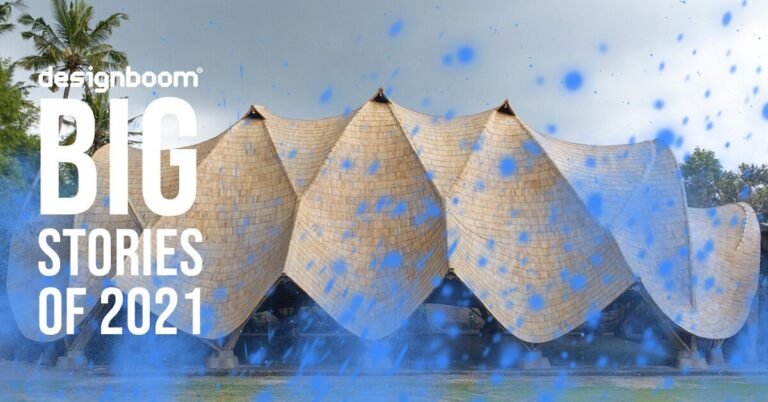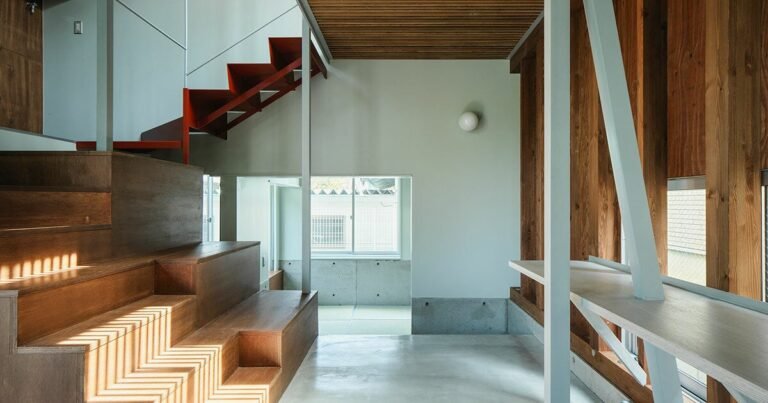San Ignacio Tourist Information Center / ENNE Arquitectura
San Ignacio Tourist Information Center / ENNE Arquitectura


Text description provided by the architects. We can affirm that this building can be understood through the dimension of use: a tourist information post. But this statement should not be understood from programmatic functionalism, but rather from what a facility represents that drives the visit to different attractions. It is usually associated that these types of buildings must have an iconic shape, and many times allegorically associated with the destinations they promote. We were facing this problem in a rather chaotic part of the city. Characterized by the high speed on National Route 12 and its collectors, transition between urbanity and rurality, diverse infrastructural and institutional architectures such as the bus station and a police station. In addition, being a State building (financing is done by the National Government and execution by the Provincial Government), it was going to have a limited budget and also little investment in its long-term maintenance.


Faced with these variables, and after successive budget cuts during the design process, the building is resolved based on the following decisions: A square, void, intermediate between the fast circulation routes and the building. This will be built at a later stage and will serve to host cultural events, craft fairs, and open-air tourism promotions. The building is a parallelepiped of 6x12x6 meters, placed at the highest level of the lot. As if it were a massif, it is “empty” in one part to house the public service program. And it remains “full” in the areas intended for services, housing infrastructure, and where it is necessary to generate passive strategies for attention to the rigorous local climate. Characterized by high temperature, high humidity, and strong solar incidence. The stereotomic image of the building is reinforced by its stone skin. This, made of red grit, is a local stone with good thermal behavior and noble aging. In its heavy image and the chromatism of its surface, the building begins to establish relationships of belonging with the pre-existing architectures: the vestiges, heritage of humanity, of the Jesuit-Guarani complex; and closer in time, to the popular architecture that finds in the sandstone a favorite coating.





In this way, iconicity is built through the emptiness of the square, the abstract form, and the sandstone skin. Thus, the proposed architecture is a cluster of simple, quasi-simplistic decisions that seek to build a synthetic response that addresses all the complexities of the project described.








